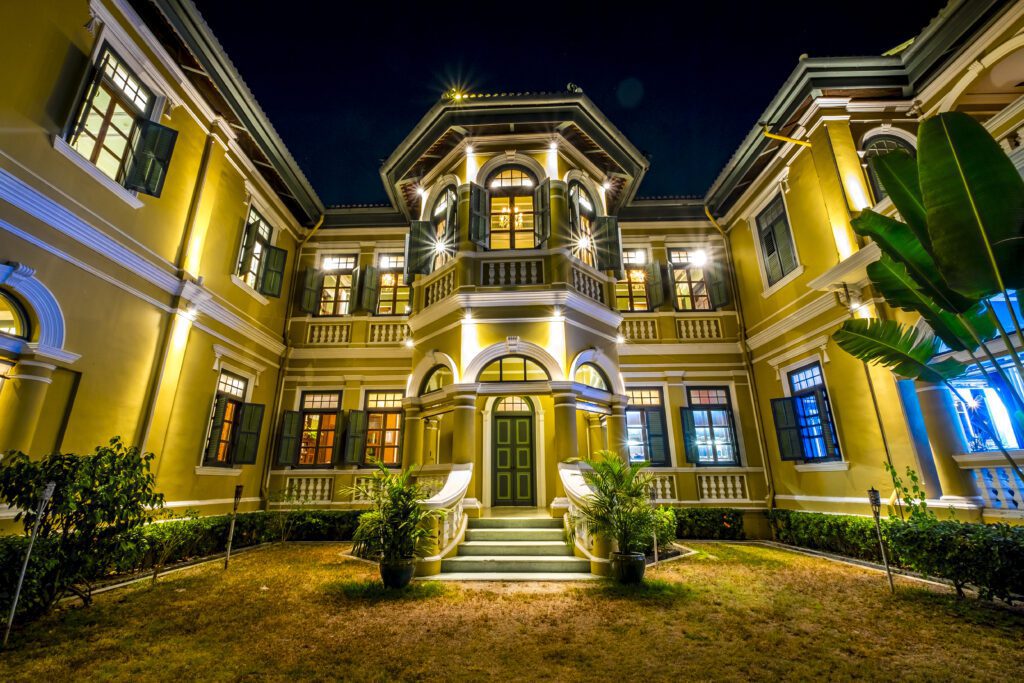Malaysia’s luxury real estate sector is experiencing a significant upswing in 2025, propelled by a growing population of high-net-worth individuals (HNWIs) seeking to diversify their investment portfolios.

According to Knight Frank’s 2025 Wealth Report, global commercial real estate investment rebounded to US$806 billion in 2024, marking an 8% increase after a sharp contraction in 2023. This resurgence reflects a strategic shift among affluent investors towards stable and promising markets like Malaysia.
James Buckley, Executive Director of Capital Markets and Investments at Knight Frank Malaysia, observes, “The growing population of high-net-worth individuals in Malaysia is reshaping the local real estate market. We are witnessing strong demand for luxury residences, particularly in Kuala Lumpur, as well as a heightened interest in commercial properties that offer stable yields.”
Private capital played a dominant role in the commercial real estate markets in 2024, with institutional investors deploying US$268 billion globally, accounting for 33% of total investments. Keith Ooi, Group Managing Director of Knight Frank Malaysia, notes, “Malaysia’s commercial real estate market continues to evolve, with investors showing strong interest in prime office and logistics assets. As economic conditions stabilize and financing costs ease, we expect a wave of strategic acquisitions, particularly in key urban centers such as Kuala Lumpur, Penang, and Johor Bahru.”
Asia is projected to outpace North America in wealth creation over the next four years, positioning Malaysia as a strategic hub within Southeast Asia. The country’s established infrastructure, economic stability, and growth potential make it an attractive destination for international investors. While cities like London, Sydney, and Tokyo lead in global capital destinations, Malaysia—especially Kuala Lumpur—is strengthening its position in the international investment landscape.
Amanda Collison, spokesperson for Property Market-index, adds, “Malaysia is no longer just an emerging market—it’s a maturing investment destination. The influx of HNWIs is driving demand not only for luxury residences but also for high-quality commercial assets. This trend underscores Malaysia’s growing appeal as a comprehensive investment hub.”
The influence of HNWIs extends beyond transaction volumes, encouraging developers to elevate standards across residential and commercial projects. Investors are diversifying beyond traditional luxury condominiums into premium office spaces, logistics facilities, and specialized retail environments. Allan Sim, Senior Executive Director of Land and Industrial Solutions at Knight Frank Malaysia, notes increased activity from both HNWIs and institutional players. “With interest rates expected to ease, we anticipate stronger demand for prime assets, particularly in Kuala Lumpur’s office and logistics sectors,” he says.
Environmental considerations are also gaining prominence among HNWIs, driving green building practices and a heightened interest in cultural preservation. This shift is creating opportunities for the thoughtful restoration and adaptation of historic properties, blending heritage with modern luxury.
Looking ahead, Knight Frank anticipates continued momentum in Malaysia’s property market. Favorable conditions, including anticipated interest rate cuts and stabilizing property prices, are expected to attract increased capital inflows. “With global investors returning to real estate, Malaysia stands to benefit from increased capital inflows in the coming years,” Buckley predicts.
